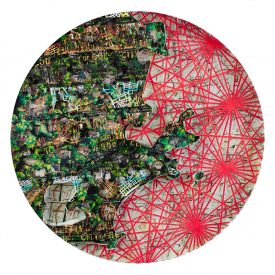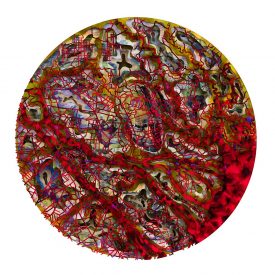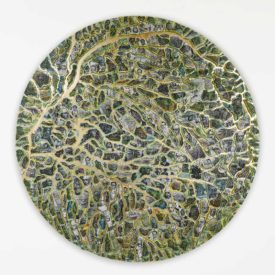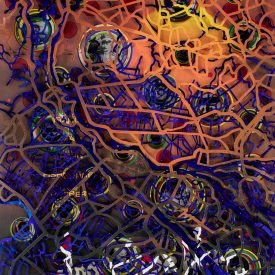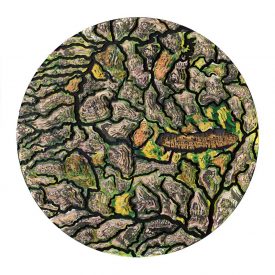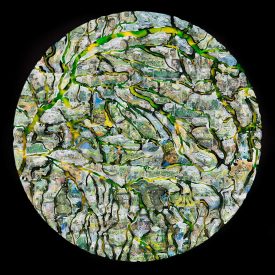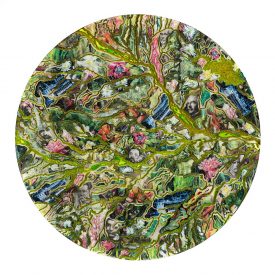HISTORIES OF THE CONGO RIVER
“Going up that river was like traveling back to the earliest beginnings of the world, when vegetation rioted on the earth and the big trees were kings” as said Joseph Conrad, it was not to be long until the 20th century intervened upon the people and nature of this immense river system.
The sculptures of The Congo river combine imagery from different time periods in the region. The Belgian colonizers as recorded by Joseph Conrad in his diaries and in the controversial “Heart of Darkness” came to a continent that they perceived as being little more than a world of resources for the taking and a populace that either needed to be killed or enslaved. The “Heart of Darkness” whilst providing a record of the atrocities of Leopold’s Congo and indeed helping to bring an end to it, was also in itself very much a product of the time, deeply racist and one that viewed the local populace of the time as savages that could benefit from civilizing.
Prior to the creation of The Congo Free state, which was for 23 years a private estate run by King Leopold, there had been an extensive and sophisticated trading empire, The Luba kingdom. During the 18th and 19th centuries this was all but dismantled and destroyed once the competing Colonists started to extract the ivory, rubber and slaves that the Belgian Congo was based upon. The shadowy figure of King Leopold of Belgium looms over the Congo, perhaps the most brutal and punishing in all of colonial history, with estimates of up to a 50% population loss, somewhere between 5 and 13 million lives lost.
“Those who are conquered, always want to imitate the conquerer in his main characteristics, in his clothing, his crafts, and in all his distinctive traits and customs” wrote philosopher Ibn Khaldun in the 14th century, Mobutu in many ways resembled Leopold in his one man rule, his establishment of the Congo as his personal fiefdom, his palaces, his total abrogation of all the nations wealth.
At independence the Congo was left with little infrastructure, there were almost no Congolese professionals in any area of administration, it was a country that had endured centuries of exploitation, slavery, vast corruption and violence. It was against this backdrop that the aspirations of the newly independent state were articulated by it’s first leader Patrice Lumumba . The sculpture contains imagery from the paintings by Congolese artists, like Tshibumba, Burozi and Mutanda, who, amongst others created an illustrated history of the early years of independence and portray some of the hopes and ideals of the newly emergent nation, with Lumumba portrayed as a cultural hero and martyr. However a power struggle quickly developed, one that had it’s roots in the rivalries that had become inflamed in the Luba kingdom due to pressures from the slave and Ivory trades. The charismatic and somewhat pernicious figure of Mobutu was able to step in and exploit his position as army chief and win support from the CIA able to elicit American and Belgian support for the arrest and eventual execution of Lumumba. A gifted orator, Lumumba, who saw the need for African self determination and economic independence was seen as a threat to prevailing interests. The hopes, aspirations and idealisms of the newly independent nation were at once crushed, external economic and political interests prevailed, real power was demonstrated to lie elsewhere. From this period on The Congo has known little else than immense corruption, state sponsored theft and continual violence. After Mobutu was replaced by Kabila’s invading forces a second Congo war developed which resulted in the deaths of at least 5 million people. The graphic book novel created in the 1970s by Serge Michel presented an idealistic portrait of the early Mobutu years, almost like a propaganda magazine, all the events of early Zairiean history are depicted, such as the famous rumble in The Jungle between Muhammed Ali and Joe Fraser.
